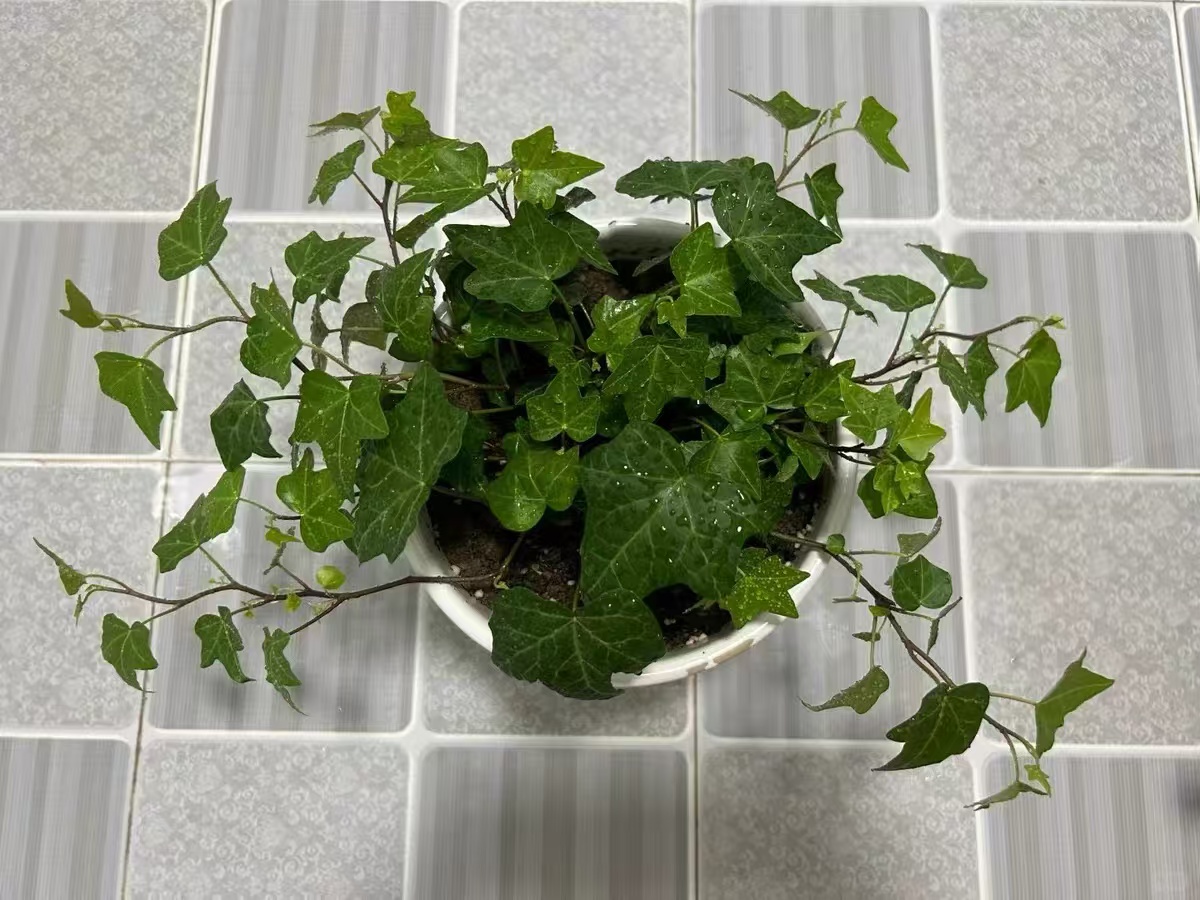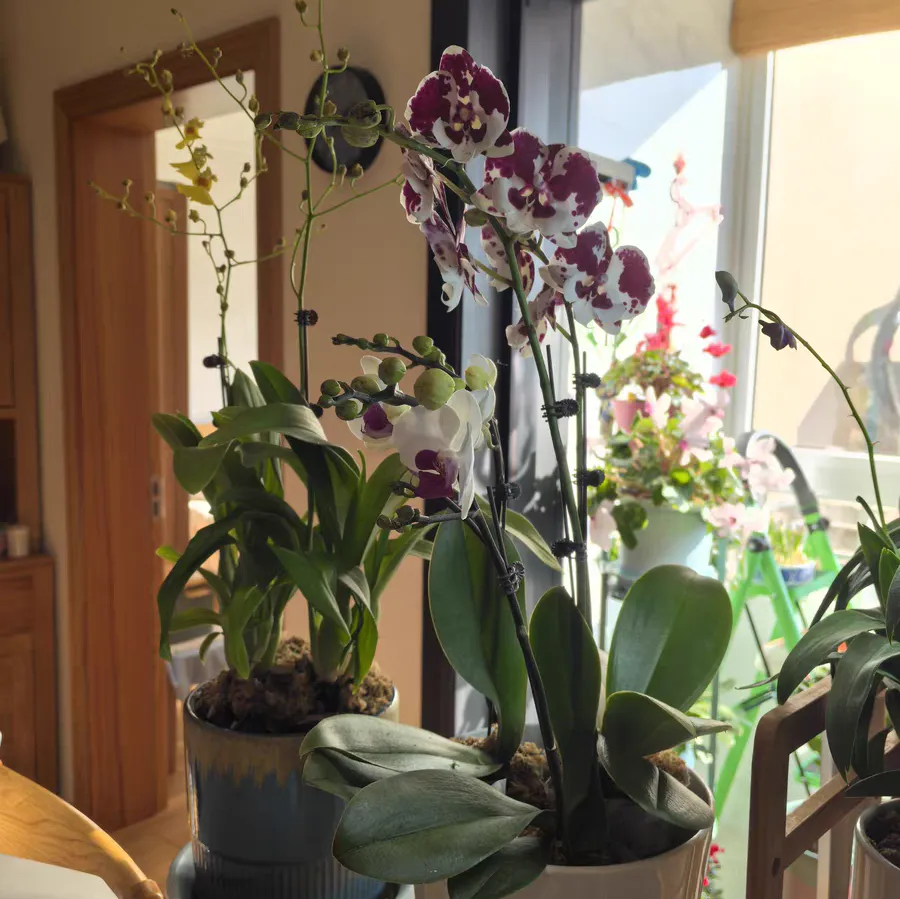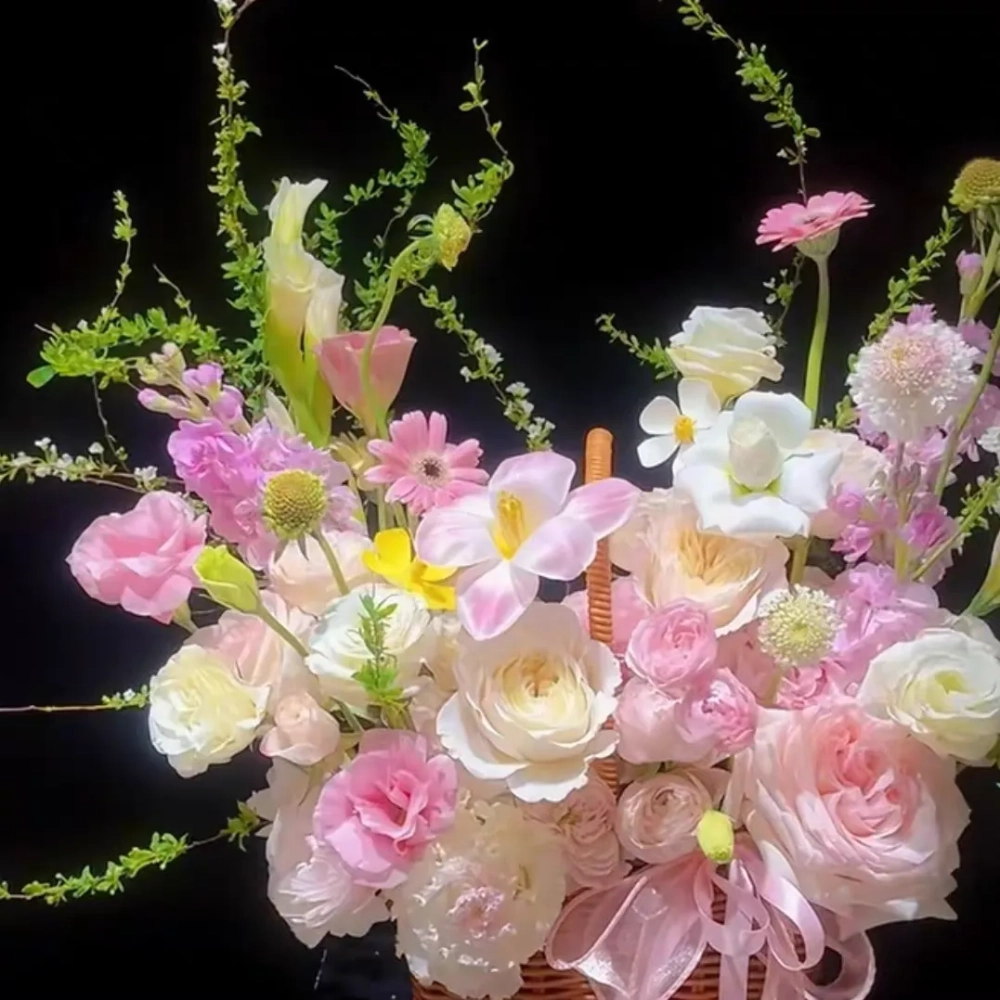Orchids have been a symbol of elegance since ancient times. Their delicate fragrance and beauty are truly enchanting. However, in our daily lives, there are several plants that, although named with the character "lan" (which means orchid in Chinese), are not true orchids. They are Clivia, Sansevieria and Chlorophytum. Although these three plants all have the character "lan" in their names, their growth habits are quite different from each other and also far from those of true orchid plants.
Clivia
Clivia, as a perennial plant, prefers to grow in a semi-shady environment and has a natural fear of strong sunlight. Therefore, it is especially important to shade it appropriately when the sun is blazing in summer. The flowering period of Clivia mainly concentrates in spring and summer, and sometimes it also blooms in winter, which is closely related to the temperature environment it is in. When the temperature is maintained between 18 and 28 °C, Clivia grows most vigorously; once the temperature is lower than 5 °C or higher than 30 °C, its growth will be significantly inhibited. In addition, Clivia likes thick, moist and well-drained soil, and a ventilated environment is also the key to its healthy growth.
Sansevieria
Compared with Clivia, the growth habits of Sansevieria are more extensive and adaptable. It is not very strict with soil requirements. It can thrive even in loose soil containing organic matter. Sansevieria likes a warm and humid environment. The suitable growth temperature is between 20 and 30 °C, and the overwintering temperature should not be lower than 10 °C. If it stays in an environment with a temperature lower than 10 °C for a long time, the roots of Sansevieria may be damaged or even die. In terms of water management, Sansevieria is drought-tolerant and has a moderate demand for water. Too much water will instead affect its ornamental value. During the growth peak period, fertilize it at least once a month, but avoid over-fertilizing to prevent the patterns on the leaves from becoming dull.
Chlorophytum
Chlorophytum, as a perennial evergreen herbaceous plant, is widely favored for its slender drooping branches dotted with small white flowers. It also likes a well-ventilated semi-shady environment and has a certain resistance to strong sunlight. The suitable growth temperature of Chlorophytum is between 15 and 25 °C. When the temperature exceeds 30 °C, it is necessary to cool it down by spraying water or other means. In terms of soil, Chlorophytum has relatively low requirements for soil. It can grow in both fertile soil and dry or infertile land. However, in order to maintain its ornamental value, it is still necessary to regularly trim yellow leaves, withered leaves and diseased or weak branches and leaves to promote the growth of new leaves. The flowering period of Chlorophytum mainly concentrates in May to July. At this time, the soil in the pot should be kept moist and fertilized at the appropriate time, but avoid waterlogging or applying concentrated fertilizers.
Clivia, Sansevieria and Chlorophytum have both similarities and their own characteristics in growth habits. They all like warm and humid environments and are not very strict with soil requirements. However, they have different requirements in terms of light, temperature, water management and fertilization. Understanding and mastering their growth habits is undoubtedly of great significance for better taking care of these beautiful plants.
Are Clivia, Sansevieria and Chlorophytum orchids?

Share with
Tagged in :




Leave a Reply